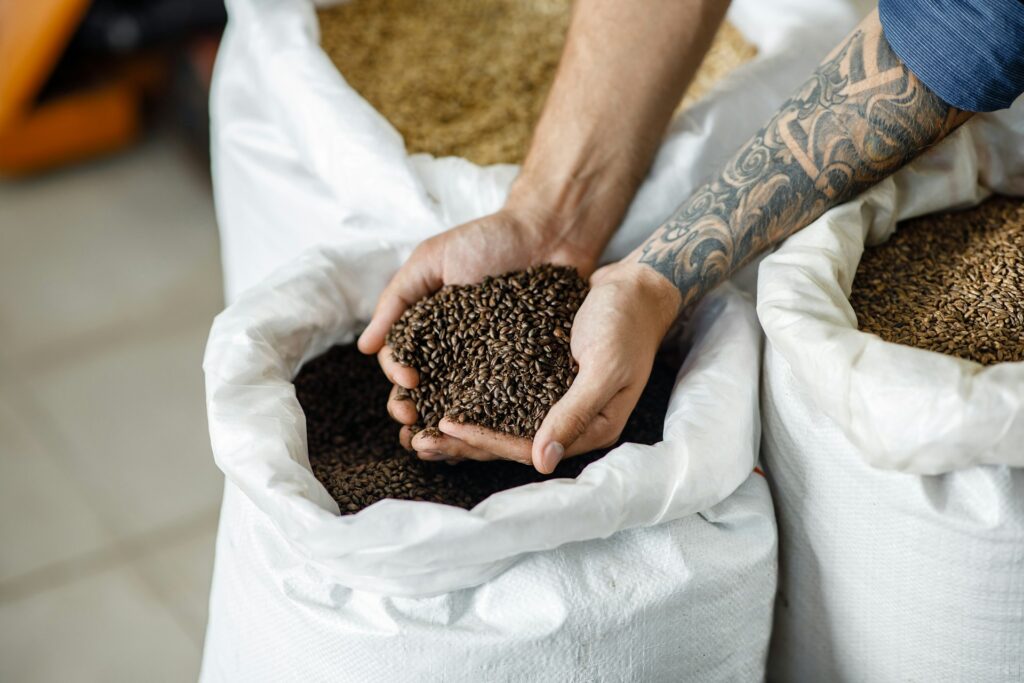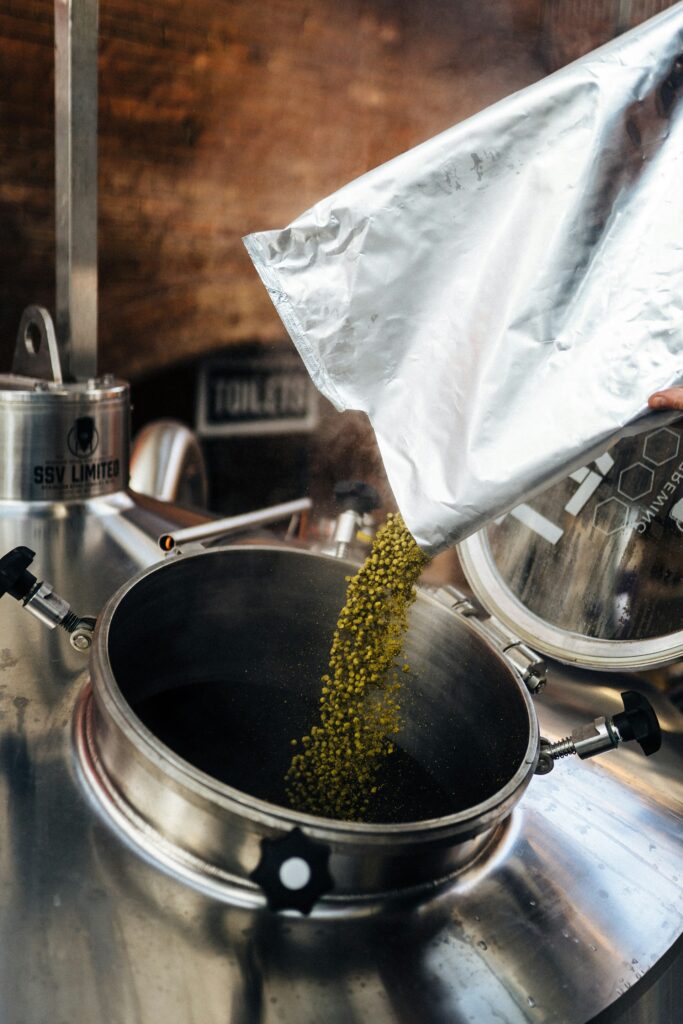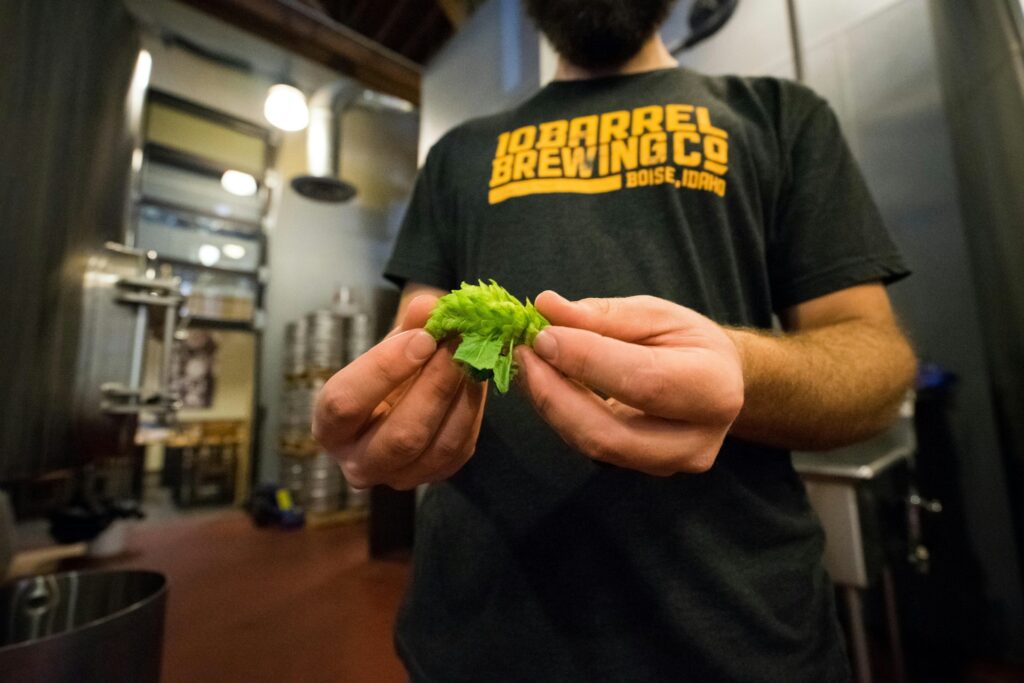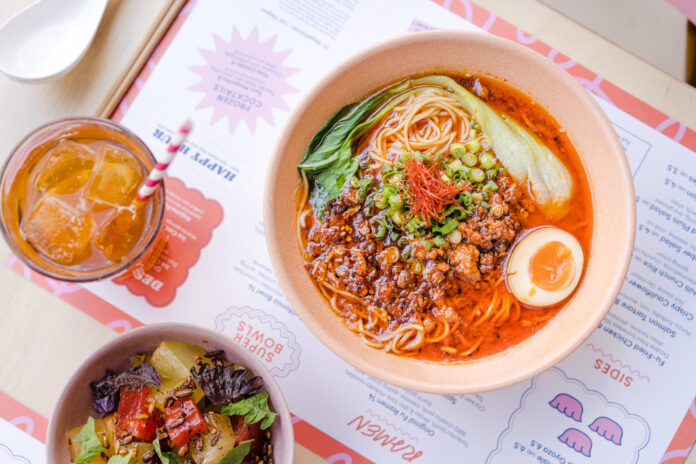Picture this: it’s Friday evening, and you’re getting a round in at your local. Before anyone has even winced at their first sip of a particularly acidic craft beer, you’ve already winced at the price – £7 a pint and climbing.
But behind that wince is a smile, because you know that in your kitchen at home, you’re crafting your own, for less than a pound a pint, with ingredients you can find without having to go full beer-nerd native.
Home brewing has seen a remarkable renaissance in recent years, inspired partly by the explosion of craft breweries showing what’s possible with traditional ingredients and techniques (and then, those breweries selling out, it has to be said). Armed with just six basic ingredients and some patience, you can create beers that would make a master brewer proud.
While commercial breweries invest in industrial-scale equipment and laboratory controls, home brewers have been creating exceptional beers with simple ingredients for centuries. The process takes about four weeks from grain to glass, but most of that time your beer is quietly fermenting while you get on with life. The real magic happens in just a few hours of hands-on brewing.
Understanding the essential home brewing ingredients is your first step toward crafting great beer. Each component plays a crucial role in developing your brew’s character, from the foundation of malted grains to the final mineral adjustments. Without wishing to raise a glass prematurely; cheers to that!
Malted Grains: From Field To Glass
Open a bag of malted barley and you’ll immediately understand why brewers are captivated by this ingredient. The sweet, biscuity aroma promises the flavours to come, while the golden kernels hold the essential sugars that will eventually become your beer. Most brewers start with barley, but wheat, rye, and even ancient grains like spelt can each bring their own character to your brew.
Professional maltsters transform raw grain through a careful process of controlled germination. They steep the grain in water, allow it to sprout just enough to develop the right enzymes and sugars, then halt the process through careful kilning. The temperature and duration of this kilning creates an entire spectrum of malts:
- Pale malts: Form your beer’s backbone with subtle honey and fresh bread notes
- Crystal malts: Add richness with toffee and caramel flavours
- Chocolate malts: Bring smooth cocoa and coffee characteristics
- Black malts: Deliver intense, espresso-like depth
- Wheat malt: Contributes a soft, fluffy texture perfect for summer ales

Hops: A Revolution In Every Flower
British brewing changed forever when medieval brewers discovered that hops did more than just preserve their beer – they transformed it. These small, cone-shaped flowers bring essential bitterness to balance the malt’s sweetness, but they’re capable of so much more. Modern hop varieties can infuse your beer with anything from the zesty grapefruit notes of American Cascade to the delicate spiciness of Czech Saaz.
Timing is crucial when adding hops to your brew. Master brewers often layer their hop additions throughout the process, building complex flavour profiles that can’t be achieved any other way:
- Bittering hops: Added at the start of the boil for clean bitterness
- Flavour hops: Mixed in midway for balanced character
- Aroma hops: Dropped in at the end for fresh, vibrant notes
- Dry hopping: Added after fermentation for intense hop perfume
Popular British varieties like East Kent Goldings and Fuggles bring classic earthy, floral notes, while American hops like Citra and Mosaic offer bold tropical fruit character.


Yeast: The Living Heart Of Beer
Hidden from view but central to your beer’s character, brewing yeast transforms sweet wort into finished beer through the miracle of fermentation. Each strain brings its own personality to the brew. Traditional ale yeasts work their magic at warm temperatures, often contributing subtle fruit notes that complement British beer styles perfectly. Lager yeasts prefer the cool, slowly crafting clean, crisp beers that showcase their malt and hop foundations.
The choice of yeast strain can take your beer in dramatically different directions. The same base recipe fermented with different yeasts might become anything from a classic British bitter to a fruity Belgian ale or a clean German lager. Each type brings its own character:
- British Ale Yeast: Creates classic pub ale flavours with subtle fruit notes
- American Ale Yeast: Produces clean, crisp character that showcases hops
- Belgian Yeast: Develops complex spicy and fruity notes
- Lager Yeast: Ferments clean and crisp, letting malt and hops shine
- Wheat Beer Yeast: Adds distinctive banana and clove notes
Water: The Foundation Of Regional Styles
The subtle variations in local water supplies have shaped brewing history more than most people realise. Burton-on-Trent became Britain’s brewing capital largely because its mineral-rich water proved perfect for pale ales. Dublin’s hard water helped define the character of Irish stout, while the soft water of Pilsen enabled the creation of the world’s first golden lagers.
Modern home brewers can adjust their water chemistry to match any historic brewing centre, but starting with good-quality filtered tap water will serve most recipes well. Simple additions of brewing salts can then fine-tune your water’s mineral profile to suit your chosen beer style.
Beyond The Basics: Creative Additions
While the traditional ingredients can produce exceptional beer on their own, thoughtful additions can elevate your brew further. A handful of fresh orange peel brightens a wheat beer, while a measure of oats can bring silky smoothness to a stout. Coffee beans, spices, and fruit can all find their place in the right recipe, though it’s worth mastering the basics before exploring these creative possibilities.

The Final Polish: Mineral Balance
Understanding how minerals influence your beer opens up new possibilities for fine-tuning your recipes. Calcium helps proteins coagulate during the boil, creating a clearer beer. Magnesium and zinc support healthy fermentation. Even the balance between chloride and sulphate can shift your beer’s character from malt-forward to hop-forward. These subtle adjustments separate good beers from great ones.
Taking Your First Steps
Starting your brewing journey doesn’t require a huge investment. A large stockpot, a fermentation vessel with an airlock, and some basic measuring equipment will get you going. Begin with a straightforward pale ale recipe – they’re forgiving of minor mistakes and teach you the fundamental processes every brewer needs to master.
Keeping everything scrupulously clean is essential – the only organisms you want in your beer are the ones you’ve chosen to put there. Take notes as you brew, join a local brewing club if you can, and most importantly, be patient. Good beer can’t be rushed.
The real joy of homebrewing lies in the journey of discovery. Each batch teaches you something new, and before long you’ll be crafting beers that rival or surpass commercial examples. Whether you dream of recreating historic styles or developing your own signature recipes, everything starts with understanding these essential ingredients.
And once your first batch is ready, why not check out our guide on pairing beer with some of the UK’s favourite foods? Once again, cheers to that!





